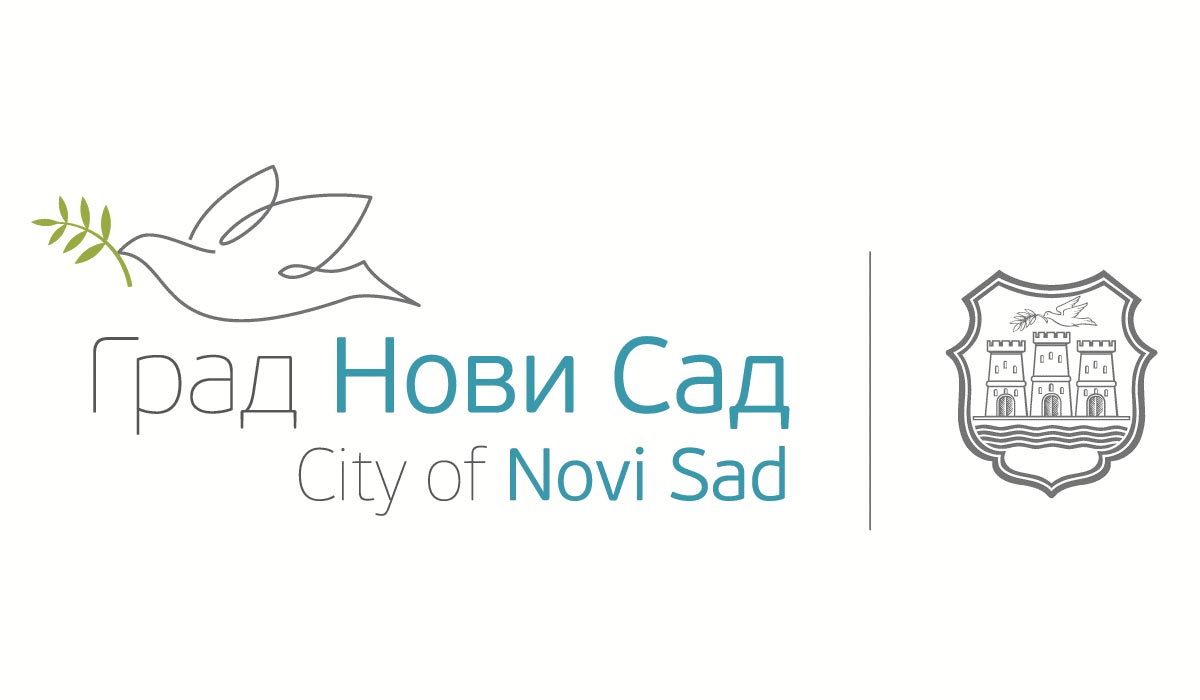MILITARY TRAINING OF LINE INFANTRY AND BORDER GUARD REGIMENT OFFICERS IN THE MID-19th CENTURY: A COMPARATIVE CASE STUDY FROM TRANSYLVANIA
DOI:
https://doi.org/10.19090/i.2023.34.99-111Keywords:
Austrian Military Border, Conduite-Listen, Habsburg army, Officers, Military training, Transylvania.Abstract
This paper argues that in the early 19th century, border guard regiments were generally staffed with less qualified officers than the line regiments were, potentially because service in the former was considered to be less prestigious for a Habsburg officer during this period. This is demonstrated through a comparative case study of officers serving in 1840 in the 51st line infantry regiment and the 17th border guard regiment (or 2nd Romanian border guard regiment). The case study focuses on three quantifiable indicators: education, language abilities, and knowledge of engineering. The data were gathered from the officers’ Conduite-Listen (personal records), which was an evaluation form that recorded a plethora of information about all the regiment’s Oberoffiziere (subaltern officers).













